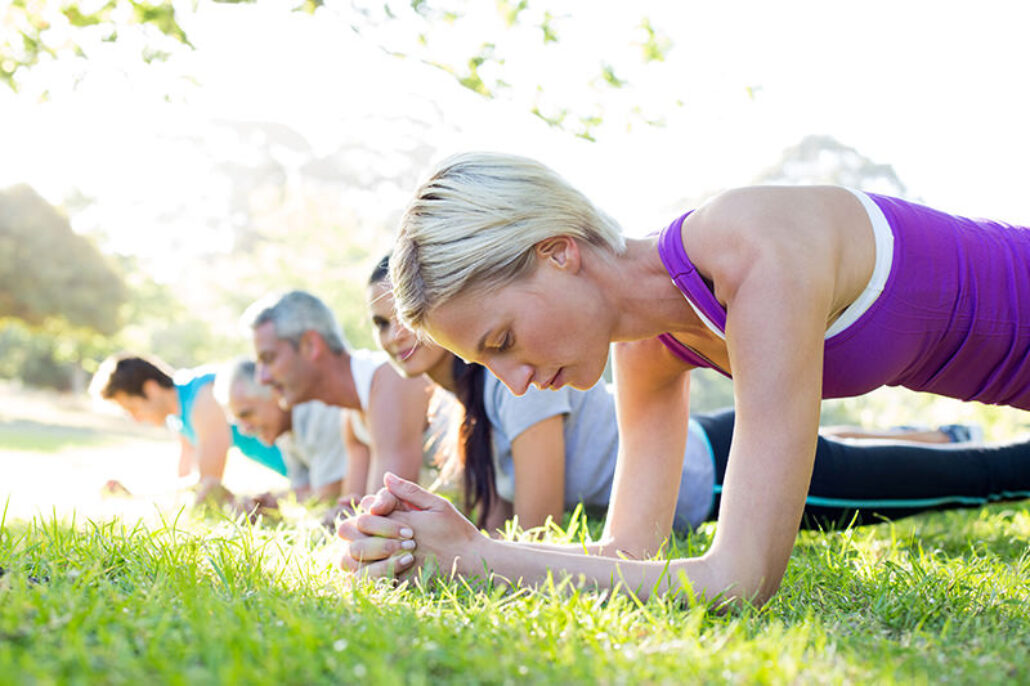Emergency rooms treat more people during the summer’s active months. Strengthening your core muscles can help reduce your risk of injury as you enjoy warm weather plans.
Fitness is the foundation of good health and injury prevention, and strong core muscles are the foundation of a fit, healthy body. Our core muscles enable us to stand upright, shift our body weight, and move in any direction. Many people think of a six-pack or flat stomach as proof of strong core muscles, but the abdominals are only a small part of the system of muscles that make up the core. We explain the muscles that make up your core, and why a weak core makes us more susceptible to injury.
Our core muscles are made up of a number of muscle groups: the abdominal, pelvic, lower back, and hip muscles. These muscle groups are divided into two types: stabilization muscles that help us maintain good posture and support our body, and mobilization muscles that function to move our body.
Weak core muscles contribute to poor posture, lower back pain, and injuries. Our core strength can be evaluated through two aspects of our posture, static and dynamic. We observe static posture when we stand, sit, or balance on one leg. Dynamic posture functions to maintain a strong posture as we move through activities like squatting, stepping, and lunging.
To build a strong core, we need more than flat abdominals. Comprehensive core exercises work the core muscle systems from our hips to our shoulders. A core exercise is any exercise that involves the coordinated use of these muscles. Some examples of core exercises include:
- A Bridge: Lie on your back with your knees bent, and then raise your hips off the floor until they are aligned with your knees and shoulders, and hold the position as long as you can.
- The Plank: Support your body on your elbows and toes, and hold your torso rigid with your body in a straight line from toes to ears. Hold the position for 10 seconds, and gradually work up to 60 seconds.
- The Superman: Lie face down on a padded surface with your arms stretched straight out above your head. Raise your left arm and right leg about 6 inches off the floor, and hold for 3 seconds. Relax, then repeat with the opposite arm and leg.
- Core-Strengthening Equipment: Work with exercise products designed to improve core strength, including kettle bells, a stability ball, and wobble boards.
Exercising your core will help to strengthen the abdominal and back muscles you need to do everyday tasks. A strong core can also prevent injury as you go about the active life you love.
More resources for you
- Our Best Tip for Keeping Your Back Healthy
- When Should Cast Discomfort Be A Concern?
- So, you Overdid It. Here’s What to Do Next
